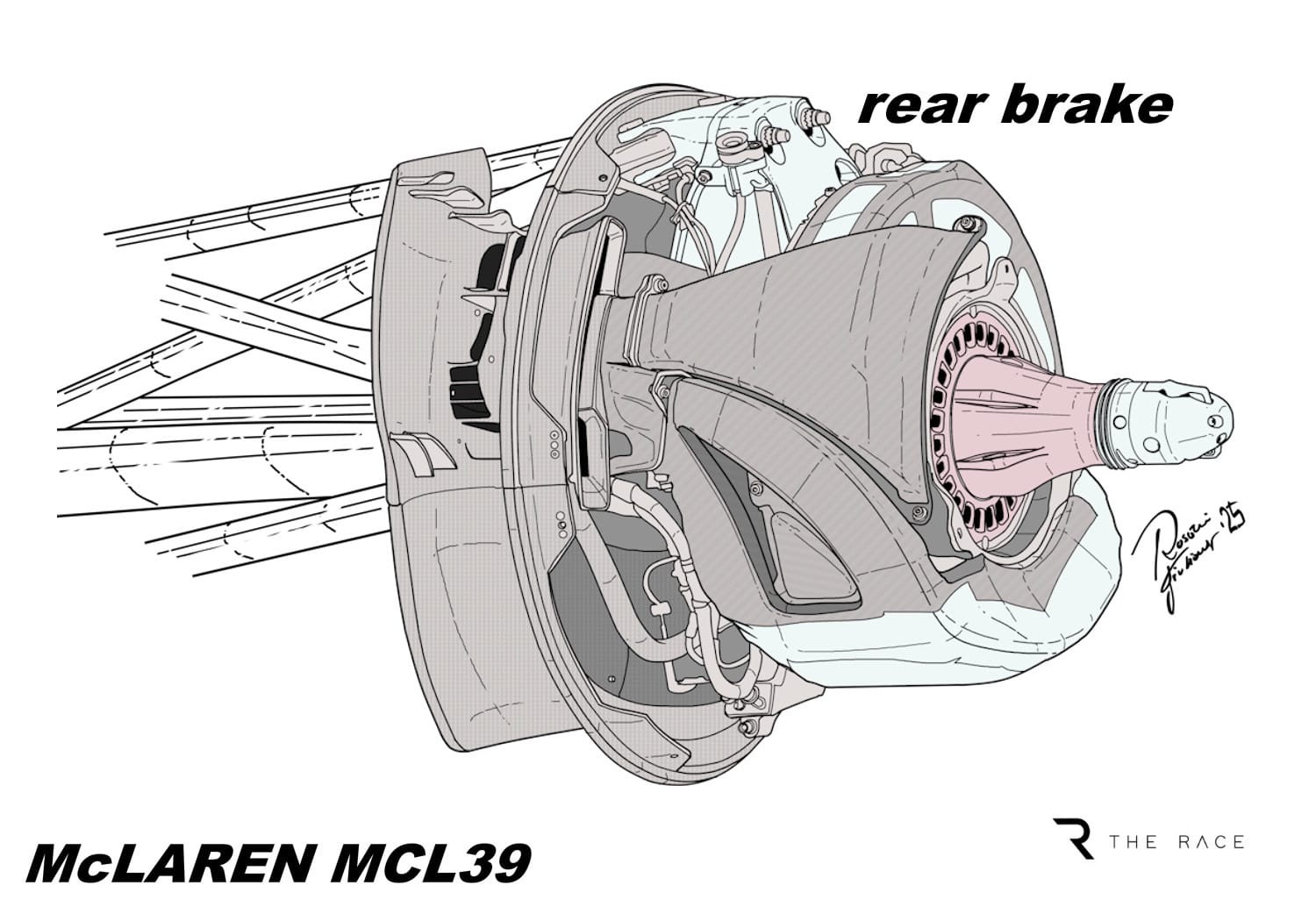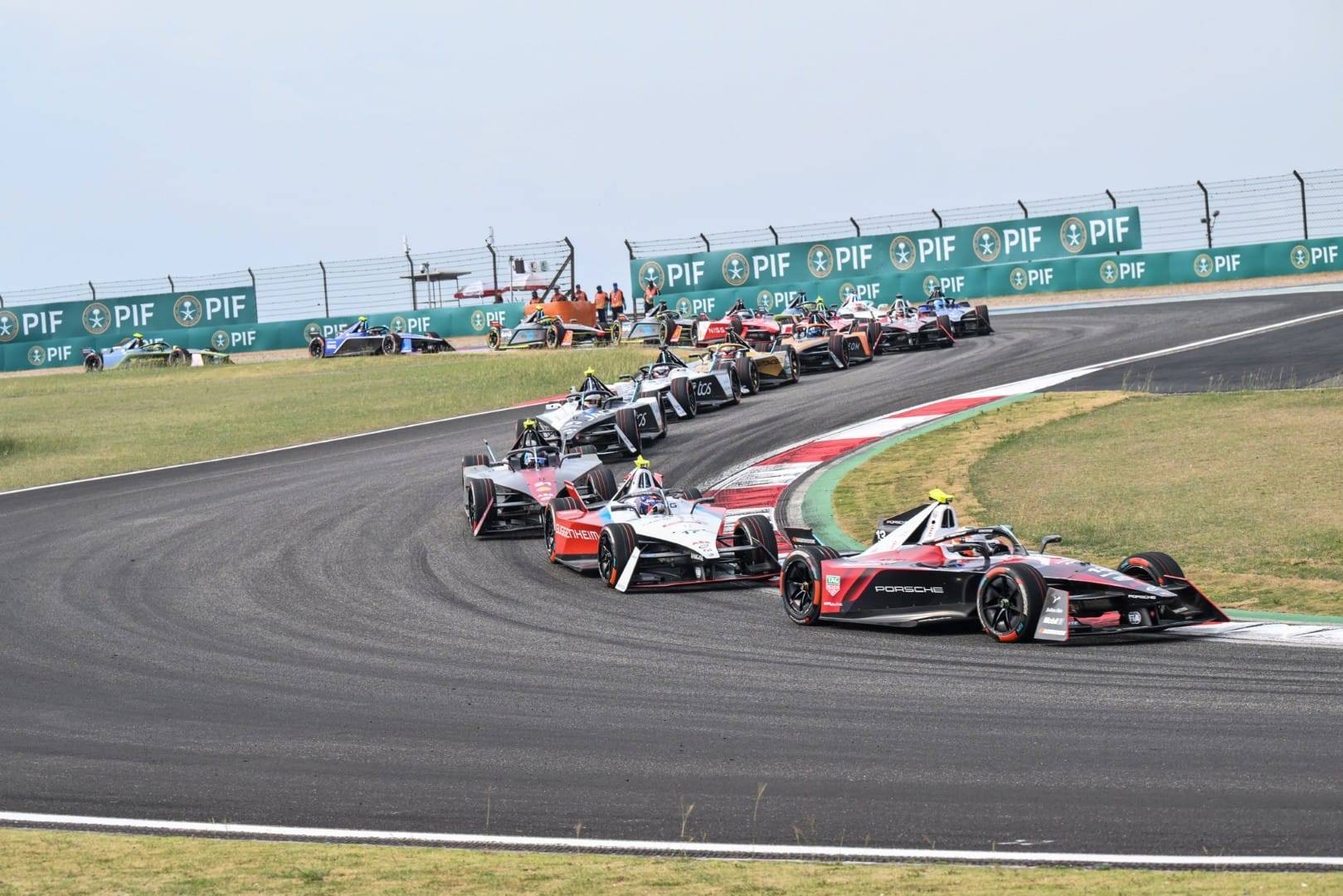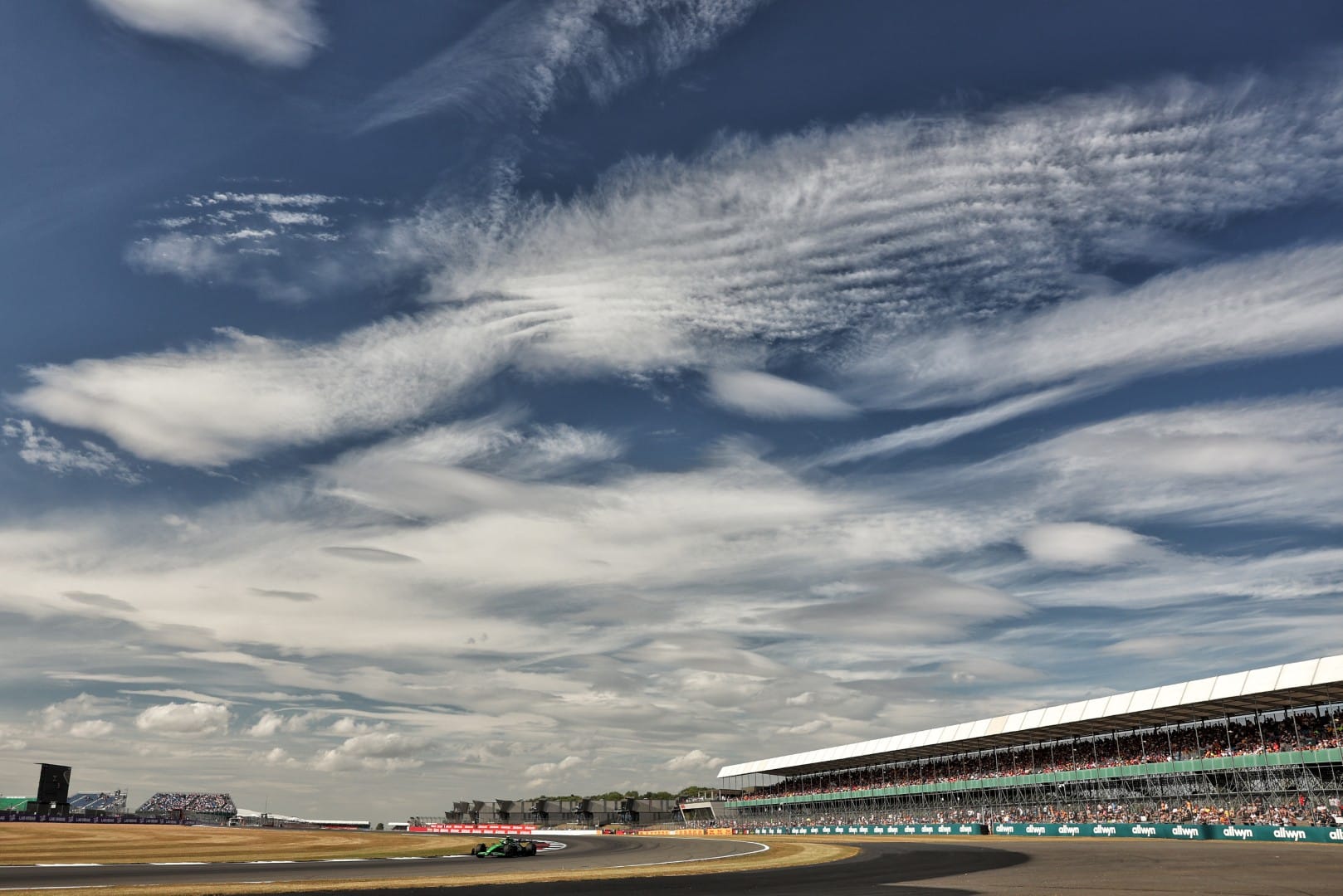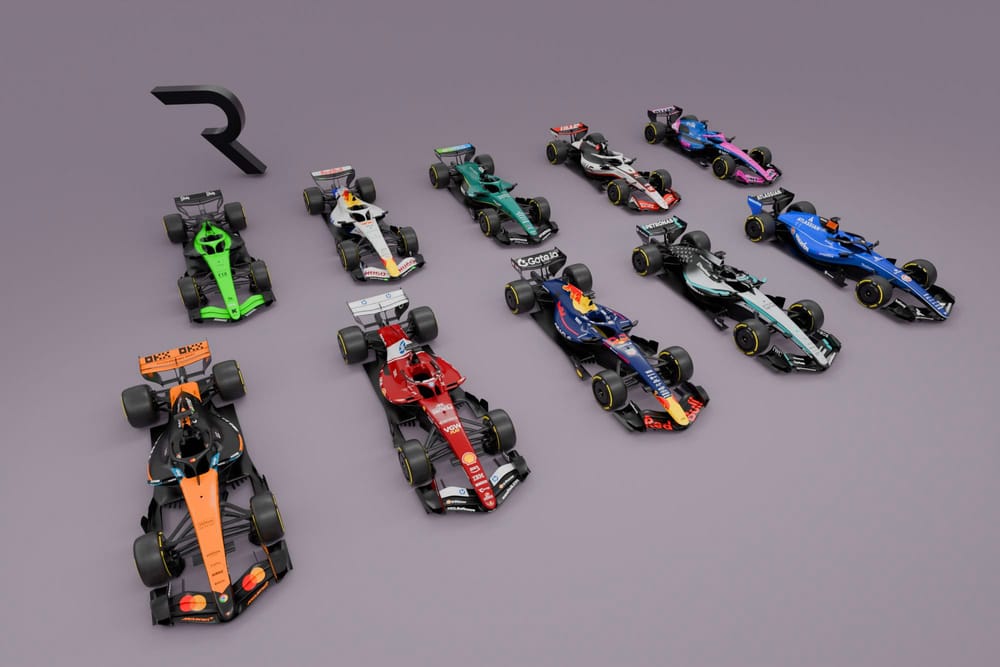Up Next

Formula 1 teams have been quietly working away for months on their 2026 cars, but none of them know how in-line their design ideas are with everyone else.
However, a first clue has emerged about one aspect that looks set to produce a “curious” variation across the grid - with squads having taken vastly different approaches.
It involves the all-new rear braking system, changed for 2026 because of revised energy harvesting demands that come from the roughly 50/50 power split between the internal combustion engine and battery power.
F1 brake supplier Brembo, which works with all teams so has a good knowledge of what is going on across the grid, says it has noticed some particularly intriguing developments.
This mainly revolves around taking things to the extreme in reducing the size of rear brakes as much as possible.
There are, according to early analysis, designs that are either genius because they are so compact, or are too small to work effectively.

In an exclusive interview with The Race, Brembo’s F1 customer manager Andrea Algeri says he is fascinated by what some are planning.
“We have seen different approaches across the teams,” he said.
“It’s mainly on the rear, because the rear axle design depends on how they design the power unit, the energy recovery, and their strategy and so on - and we are a bit blind in this sense.
“But we have received a target from the teams and it says, ‘OK we want to go with this kind of braking torque, so we would like to have this kind of dimension. So let's design the best possible braking system within these limits’.
“But the reason why they have some of these numbers is not clear to us. We have seen some outliers that will be very clever solutions if they are right. Otherwise, they will have to redo the braking system after a few tests or a few races!
“We are trying to be prepared in this case. But it's pretty curious, and it's for sure a new challenge after many years.”
Extreme choices

The willingness to take things to extreme and reduce rear brakes as much as possible has been triggered by an increased reliance for 2026 on energy harvesting – which some squads feel may be enough to slow the car down alone without the need for actual brakes.
Algeri adds: “In the rear axle, we have seen extreme choices in the sense of disc dimension. They are very small, compared to the current ones in terms of diameter, but also in thickness.
“So it means that they believe that on the rear axle they are basically not braking at all or only in a few cases.”
F1’s regulations for next year do not actually stipulate a minimum thickness for the disc. Article C11.3.2 lays down a maximum thickness of 34mm, with only some minimum diameters of 325-345mm for the front and 260-280mm for the rear.
However, teams cannot bin off braking completely, as a separate regulation says the system itself must produce a minimum amount of power - 2500Nm of torque at each rear wheel without assistance from the power unit or MGU-K.
While Algeri is intrigued about whether the more extreme designs have gone too far, he says what is clear is that the nature of braking is going to be totally different across the grid next year.

The increased need for energy harvesting is going to encourage teams to rely on recovery as much as possible when the car slows rather than typical braking.
“What we are expecting is that the brakes will not be used at all in some corners because the braking is done with other systems,” he said.
“Then, on the other side, there will be some corners where they are very, very stressed. So you have to be prepared to face this wide range.”
This scenario means that Brembo has to carefully consider brake materials that can deal with extreme stresses when needed, but also do not have a problem in warming up quickly since they will not be running as hot because of irregular use.
“In terms of overall resistance and dimension, you have to take the worst scenario,” added Algeri. “But on the other side, you have to produce a material that is also able to operate when it's very cold.
“To do this, we used our experience in Formula E. That is a similar concept, where the biggest part of the braking is done with the electrical motor and the recovery.

“So we try to have at least a few options to play with during the season, in terms of material, to cope with this kind of demand.
"But, with the teams, there are some differences among the simulations and the ideas that we receive from them. So it's really interesting.”
The challenges could also vary quite a bit between different types of track, as those circuits where energy harvesting is at a premium could encourage everyone not to use the brakes much.
“At places where you are able to recover a lot, like Singapore or a very slow track, where you already have enough battery and enough energy recovery, then you can rely more on the brakes, stressing the system more.
“But then somewhere like Silverstone, where you use the throttle more than the brakes, it will be completely different.

“Then, what can happen is that at the first corner you use the brakes, you are very low with the temperature, and maybe the brake is not ready to operate in the best condition.
“This is our main question mark for the next year, and we are trying to find the best solution.”
Algeri suggests that the change of behaviour could be so substantial that F1 will have to create a whole new order of the tracks that are most severe on the brakes.
“Depending on the engine, depending on the recovery and so on, we will have tracks that are high-duty now, they will be maybe average or medium [in 2026],” he said.
“But then some low-duty venues could become more challenging for the brakes. We need to see over the first part of the season.”
The weight issue

Another factor that has come into play for 2026 is that teams are mindful of weight being a problem, so they don’t want to carry any more brake components than they need to.
Whereas for the start of the 2022 ruleset teams automatically defaulted to the maximum dimensions allowed, there is not such a charge in that direction for the latest regulation era.
“The dimensions allowed are even bigger [for 2026] than now, but there is a problem - the weight,” said Algeri.
“If you go bigger with the brakes, you increase the weight, and the weight of the car will be crucial.
“So the approach from the teams is to be cautious in this sense, and to be, let's say, on the safe side, but without compromising too much the weight.
“We have seen choices that are not very different compared to the current solution, maybe using a bit more cooling, a bit more thickness and slightly bigger diameter in terms of discs, but without going crazy, because otherwise you pay with a lot of mass inside the wheel.”
With each corner of a brake system (caliper, pads and discs) weighing around 4.5kg at the moment, the difference between taking advantage of the extra size allowed and sticking with roughly what they have now (1.5kg each wheel) could be around 6kg in total.
Teams know that every kilogramme is going to count next year because of the challenge of getting anywhere near the approximate 772kg weight limit, so brakes have become a key target to help in their ambitions.



